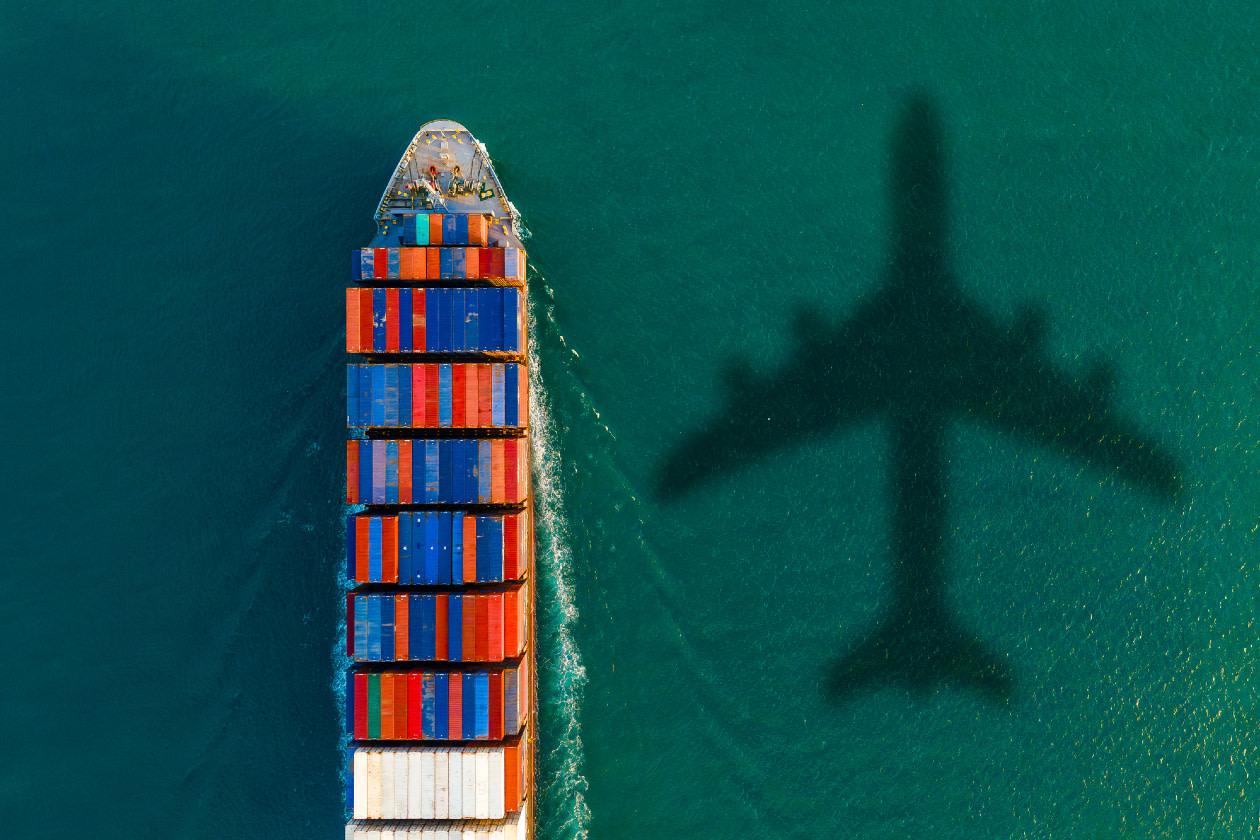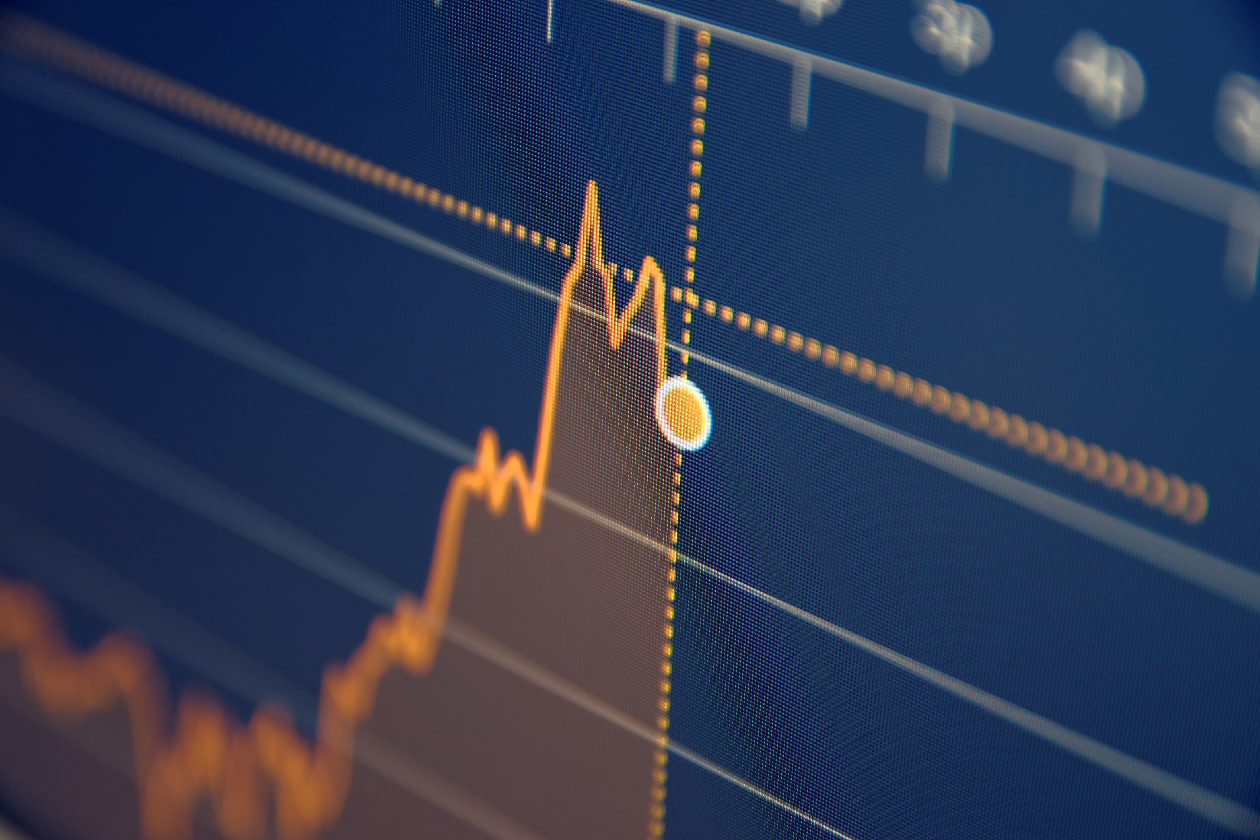In a recent speech, European Central Bank President Christine Lagarde drew parallels between the 1920s and 2020s.
Like back then, we are seeing setbacks in global trade integration.
Global trade matters. Over the last 50 years a boom in trade helped lift 1.5 billion people out of poverty. But today, wars, tariff increases, and vulnerable supply chains are a threat to global growth.
War and tariff increases ended the first era of globalisation.
This era arguably started with Christopher Columbus’s discovery of America. World trade grew by 1% a year from 1500 to 1800. Trade growth accelerated in the late 19th century with the arrival of steam ships.
This expansion ended abruptly with the outbreak of the first world war. The downturn accelerated following the US Smoot-Hawley Tarriff act of 1930, which raised tariffs on thousands of goods, triggering similar rises among its trading partners.
America’s imports and exports fell by two thirds during the Great Depression that followed, contributing to the downturn.
The second globalisation
The foundations for today’s global economy were laid at the end of the second world war, which saw the creation of the United Nations, the World Bank and the International Monetary Fund.
In 1947, 23 nations signed The General Agreement on Tariffs and Trade (GATT) with the aim of substantially reducing tariffs and other barriers to trade.
In 1947 the average tariff was 22% and this had fallen to 5% by 1999. Today, there are 166 members of the World Trade Organisation, the successor to GATT.
The most important transformation of over the last 40 years has been the integration of China into the global economy. Together with the reintegration of Eastern Europe after the collapse of the USSR, the labour force enabling world trade doubled between 1991 and 2018.
Global supply chains
Today, multinational companies take full advantage of our more connected world. They source components, manufacture goods and sell end products around the world.
This has been enabled by the combination of low tariffs, relatively low transportation costs and access to lower paid workers in emerging nations – particularly in China.
From 1970 to 2008, the world experienced a period of ‘hyperglobalisation’, with world trade growth outpacing overall economic growth.
This benefited the emerging world – with this growth estimated to have lifted 1.5 billion people out of poverty.
But it also came at a cost.
Blue-collar workers in the developed world fell behind on wage growth and faced increasing uncertainty on their job prospects.
The political consequences of these changes are beyond the scope of this article, but one definition of hyperglobalisation is globalisation that has gone too far.
Are we seeing globalisation in reverse?
The shutdown of the global economy in the pandemic alerted the world to the vulnerabilities of an economic system built around global supply chains.
For example, car factories halted production as they were unable to get hold of parts from other countries.
The Russian invasion of Ukraine provided another shock to global trade. The most immediate impact was on the European consumers of Russian gas, with the taps turned off.
The longer-term issue for investors is what happens if China decides to forcefully retake Taiwan? The world is too integrated to fully contemplate the answer.
Governments are introducing industrial policies to support their domestic manufacturing industries.
The US CHIPS Act of 2022, for example, provides government investment and tax credits to support domestic production of semiconductors. This is with the aim of reducing reliance on imports and create well-paid jobs.
Tariffs are also on the rise.
China has invested heavily in electric vehicle technology, with government support. The country is now estimated to produce 9 million more cars than it buys. The US and European Union have responded to the threatened flood of competitively priced cars by hiking import taxes.
These events have led investors to worry that globalisation is going into reverse.
In general, higher tariffs mean higher end prices. Less access to cheap goods from overseas also pushes up inflation. More friction in global trade means slower global growth – bad for share and bond investors.
What’s next and should investors worry?
Global trade has stabilised at a high level since 2008. Global supply chains are now mature, but there are few signs that they’re being unwound.
Some manufacturers are marginally reducing their reliance on China as a manufacturing centre, but this typically means locating some production in another country with low labour costs.
Apple and Samsung now make some phones in India, for example. So, the impact on the overall level of global trade is minimal.
The nature of global trade has changed too.
Trade in services has grown faster than trades in goods.
In the United States and the UK, investment in intangible assets now exceeds that in tangible assets. Correctly capturing the traded value of brand values and software solutions is challenging.
The biggest immediate threat to world trade is the tax plans of Donald Trump – if he’s elected and implements the full extent of tariff hikes he’s talked about in his presidential campaign.
For investors, we see three key takeaways.
The rapid rise in globalisation is over. This removes an important driver of global economic growth and low inflation over the last two generations.
However, the global supply chains put in place aren’t expected to go into a rapid reverse. While further globalisation might be limited, the threat of deglobalisation is not significant – for now.
A significant hike in US tariffs could change this picture. It would likely lead to tit-for-tat policy moves from trading partners. This would be put upward pressure on inflation and downward pressure on economic growth.
The likelihood of this risk materialising is hard to gauge. So it’s important for investors to keep a close eye on the upcoming 2024 US Election.
As the race to the White House between Trump and Harris heats up, make sure you don’t miss out on our latest expert insights and US investment ideas, by signing up to our weekly Editor’s choice email.
Finally, while the world’s politicians might choose to focus on domestic investment, investors should continue to diversify globally – across countries, industries and asset classes.





